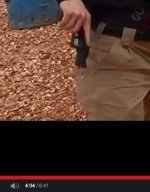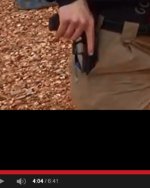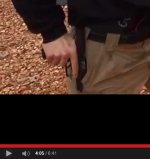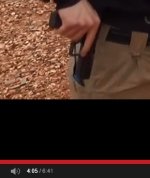cacarter126
Inactive
Hey guys, just trying to pass on the info.
Made a tutorial on a simple and reversible way to disable your TP9SA decocker.
As you will see, we are still in the "proof of concept" stage. But I will update it soon!
Enjoy!
http://www.ar15.com/forums/t_5_36/157293_.html&page=1&anc=1703776#i1703776
Made a tutorial on a simple and reversible way to disable your TP9SA decocker.
As you will see, we are still in the "proof of concept" stage. But I will update it soon!
Enjoy!
http://www.ar15.com/forums/t_5_36/157293_.html&page=1&anc=1703776#i1703776




